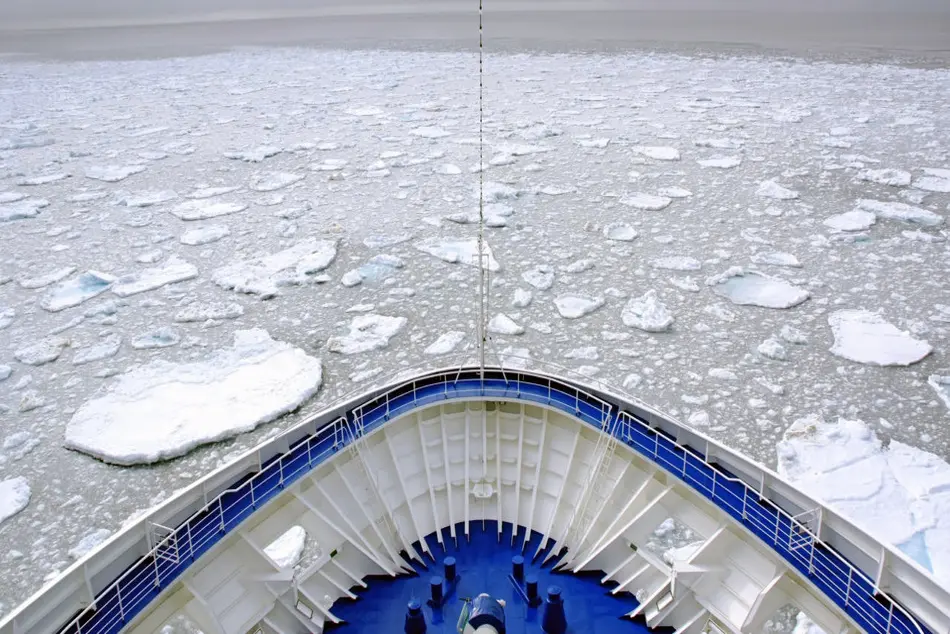Gard: Best practices to survive in cold water
According to Gard, IMO’s “Guide for Cold Water Survival” is a valuable tool in this respect and interested parties are recommended to carefully review the Guide, implement its relevant recommendations as part of the emergency preparedness training program and ensure that all crew members are familiar with its content. For ease of reference, Gard has summarized some important tips as seen below:

According to Gard, IMO’s “Guide for Cold Water Survival” is a valuable tool in this respect and interested parties are recommended to carefully review the Guide, implement its relevant recommendations as part of the emergency preparedness training program and ensure that all crew members are familiar with its content. For ease of reference, Gard has summarized some important tips as seen below:
Prior to abandoning vessel
-
Plan your emergency moves in advance . Ask yourself what you would do if an emergency arose. Where is your nearest exit to the deck for escape? Where is the nearest available immersion suit, life jacket, SART, emergency location beacon and survival craft? How would you quickly get to your foul weather gear, insulated clothing, gloves, etc.?
-
Know how your survival equipment works . The time of the emergency is not the time to learn.
-
Even in the tropics, before abandoning a vessel, put on many layers of clothing to offset the effect of the cold. Wear an immersion suit if available.
-
Put on a life jacket before taking on work tasks near or over the side of a vessel and as soon as possible in an abandon vessel situation – and adjust it correctly . In cold water you will quickly lose the full use of your fingers.
-
When abandoning a vessel, try to board the survival craft dry , without entering the water.
Survival in water
-
If you accidentally fall into the water, remember that the initial response to immersion in cold water will only last a few minutes: rest until you gain control of your breathing.
-
If immersion in water is necessary but controlled, try to enter the water gradually .
-
Try to get as much of your body out of the water as possible .
-
Swimming increases body heat loss. Only swim to a safe refuge nearby if the likelihood of early rescue is low and you are confident that you can reach it. Swim on your back, using your legs if you can .
-
If trying to reach a floating object, swim towards a point downwind of it rather than straight towards it, letting the wind bring the object to you.
-
If not swimming to a refuge, try to reduce your body’s loss of heat: float in the water with your legs together, elbows to your side and arms across your chest . Blow a whistle or shout to attract attention.
-
If you are not wearing a life jacket, do not wave to attract attention . You will lose buoyancy.
-
Force yourself to have the will to survive . This can be the difference between life and death. Keep your mind occupied and focus on short-term objectives.
Rescue
-
Do not over-exert yourself during the rescue process : let the rescuers do the work – they are in a better condition than you.
-
Even while being rescued, do not relax too soon . Maintain your determination to survive throughout.
Remember, putting on a life jacket is easy; recovering a man overboard is not! Without some form of flotation aid, even the best swimmer can drown in cold water, and it can happen in less than 15 minutes. Cold shock and cold incapacitation can also quickly render a person incapable of assisting in their own recovery, so a quick emergency response is essential.
The human body is very sensitive to cooling. If your core body temperature is reduced by 3-4°C, you can no longer take care of yourself and if it drops by 6-7°C there is a risk to one’s life.